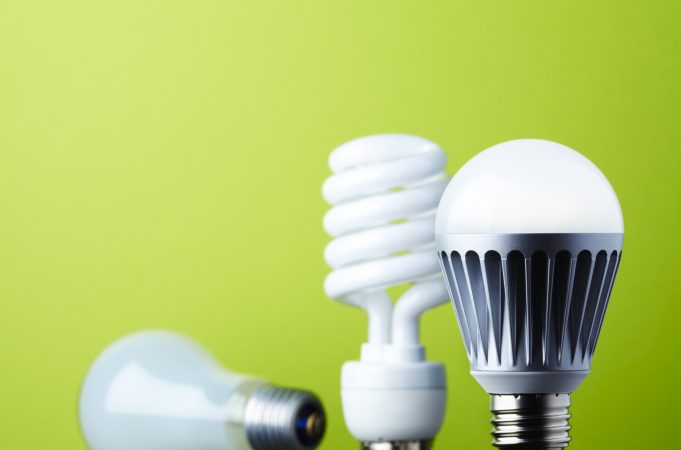1. Obtain an energy audit
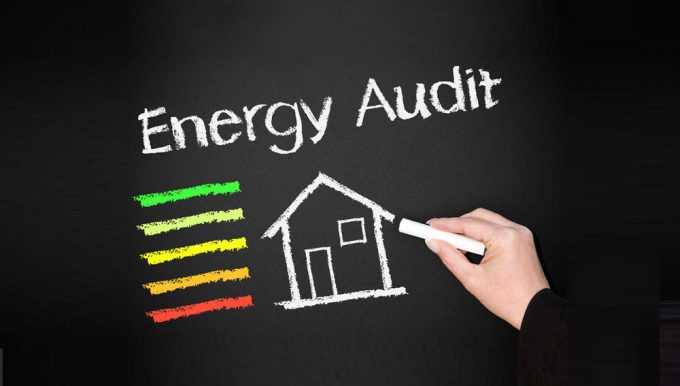
The findings of a business energy audit can help you to see your business’s baseline power usage and determine a clear outline for future reduction strategies. There are lots of electric utility providers that offer free electricity audits. During an audit, a professional will visit your business and carry out a full inspection to identify any insulation issues, air leaks, and non-energy-efficient lighting.
Pro tip: Be sure to contact other electricity suppliers if your own supplier does not offer free energy audits. You could try to speak to a company like JoscoEnergy to arrange a consultation.
2. Invest in energy-efficient office equipment

Before buying or leasing any electrical equipment for your office, be sure to check that it is ENERGY STAR-rated. Electronics that are ENERGY STAR-rated have been extensively evaluated and deemed energy-efficient. ENERGY STAR-rated appliances can save your business hundreds of pounds each year on electricity bills. Old computer screens, for example, can use over double the power of the latest LED models.
3. Reduce usage during peak times
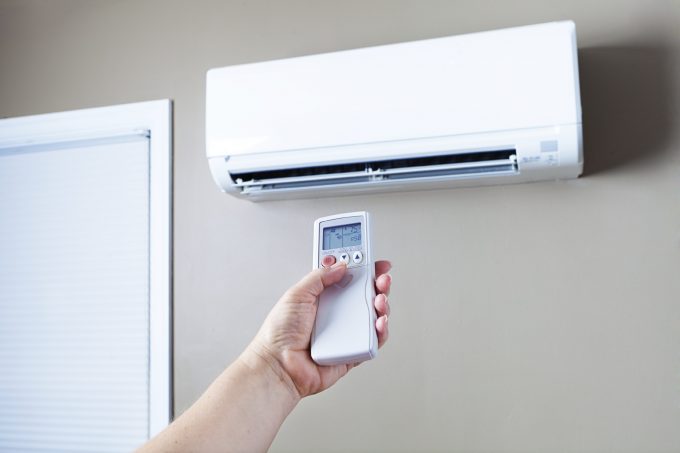
A great way to start saving money on office electricity costs is to reduce peak demand. Many electricity suppliers charge more for electricity during peak periods, so reducing usage during those periods by staggering work hours and limiting the use of equipment with ultra-high power requirements to evening and early morning hours when unit prices are cheaper can lower bills.
4. Use programmable thermostats
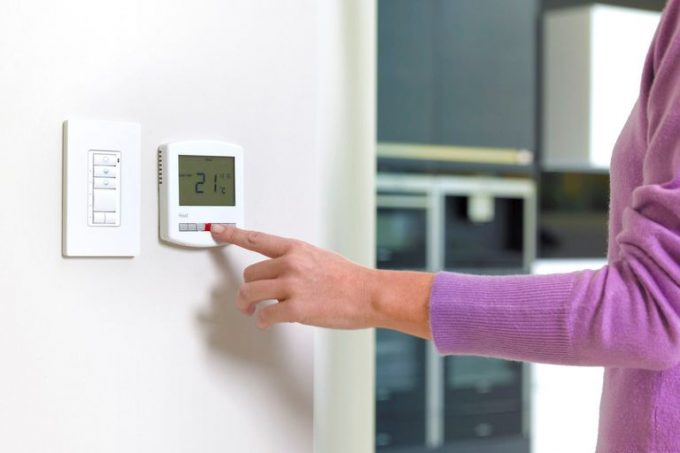
This saving tip is especially relevant for businesses that run from 9 am to 5 pm operations. There is no reason to keep a workplace heated or cooled when there is no-one in the building. Even if your employees work varied hours, using smart thermostats to manage temperatures during closed hours will allow you to make significant savings.
Pro tip: Check out our handy Thermostat Guide to discover the best saving temperature settings for your business during different seasons.
5. Switch of lights when rooms are vacant
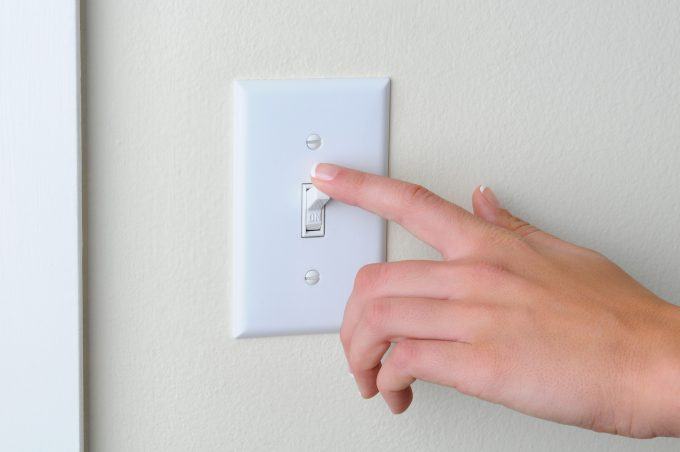
Turning off unneeded lighting might seem like an obvious thing, but in many offices, lights remain on in unoccupied rooms, such as bathrooms, conference rooms, and break rooms. Senor lights make it easy to ensure lights automatically turn off when spaces are not occupied.
6. Replace old light bulbs with low energy versions
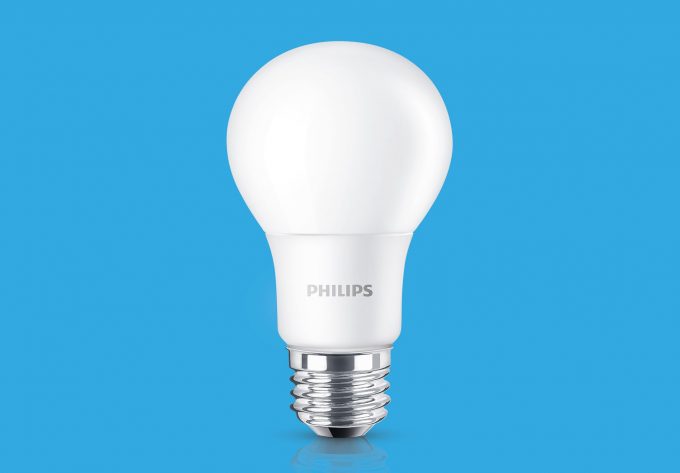
The experts from usave.co.uk/energy tell us that perhaps the simplest and easiest way to start reducing power usage in a workplace is to replace all incandescent bulbs with energy-efficient alternatives, such as LEDs or CFLs. Such bulbs can use over 80 percent less electricity for the same light output.
7. Use natural sunlight to your advantage
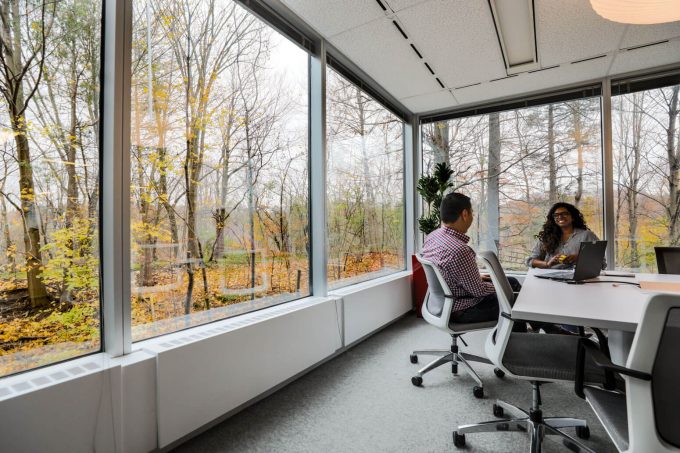
If you have office space in a location that has an abundance of natural light, be sure to take advantage of it. On sunny days, there is often no need to have artificial lights switched on inside your premises providing there are sufficient windows and no blinds. What’s more, passive solar heating from natural light can help to reduce office heating costs. Light level sensors can be used automatically dim and brighten artificial lighting depending on the amount of natural light entering a building.
8. Use fans
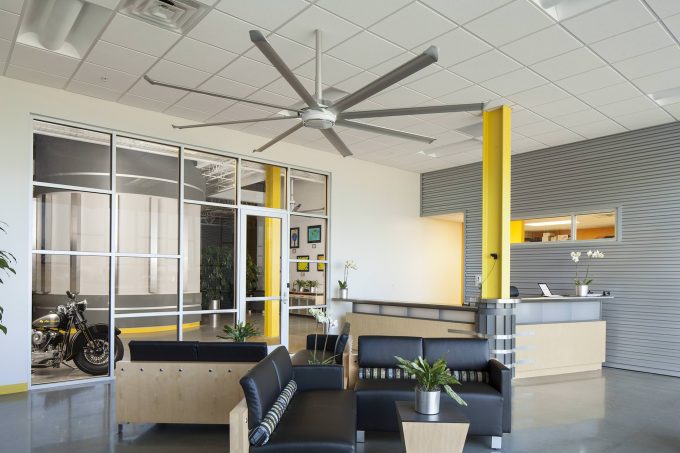
Fans keep the air circulating within a room, which makes HVAC units more efficient. You can reduce electricity costs significantly by running fans in kitchens, showrooms, warehouses, and offices. Ceiling fans are particularly effective.
9. Power off all office equipment (don’t use standby options) at the end of each workday
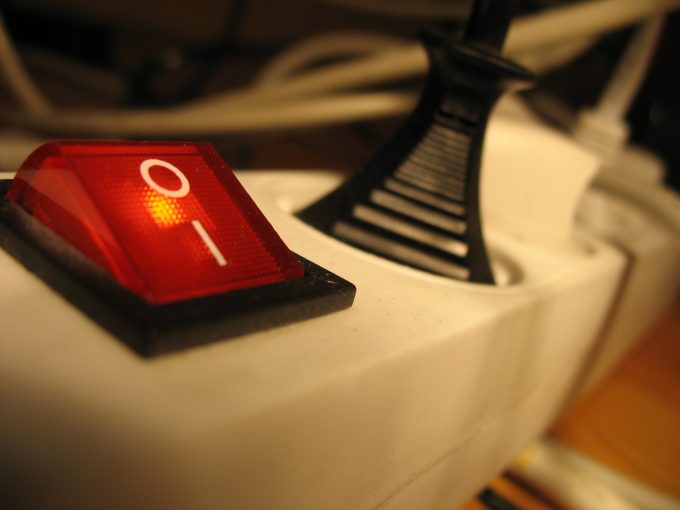
Get your employees into the habit of powering down all computers before they leave the office each evening. unplugging as many electrical devices as possible before closing for the night is a simple way for businesses to reduce electricity costs. Be sure to power off smaller appliances, such as coffee makers and printers in addition to computers.
10. Put a stop to “Phantom energy”
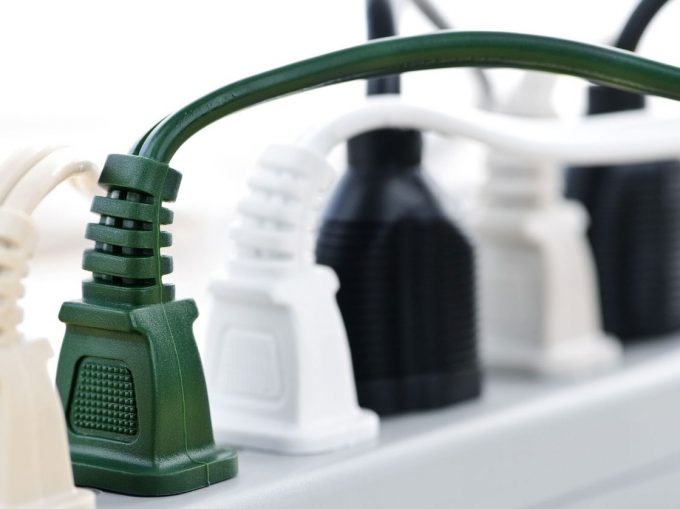
Any power that is used by electrical equipment that remains plugged in when not in use is known as “Phantom energy”. A top office power-saving idea is to have all computer peripherals (monitors, printers, etc.) connected to surge protector strips, so you can flip one switch to power off all devices at once. Timer power sockets can also be effective.
11. Take the outside of your building into account
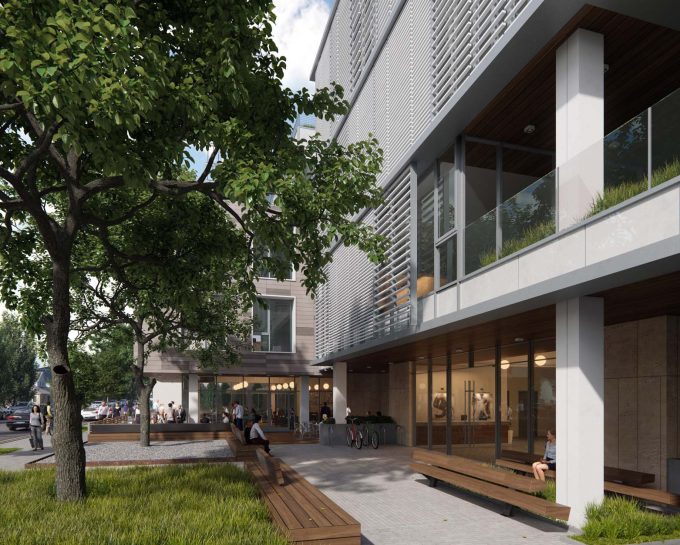
Many small businesses have complete control of a lot of land around their main building. By strategically plants trees, you can block winds and provide shade from sunlight, which can reduce cooling and heating costs.
12. Get your staff excited about energy-efficient practices

It’s great that as a business owner you are looking to lower electricity costs, but you also need to inspire your employees to take energy-efficiency seriously in their day-to-day operations. For some effective tips and tricks on raising staff morale and reducing small business electricity bills see our “Improving Employee’s Energy-Saving Practice” page.

